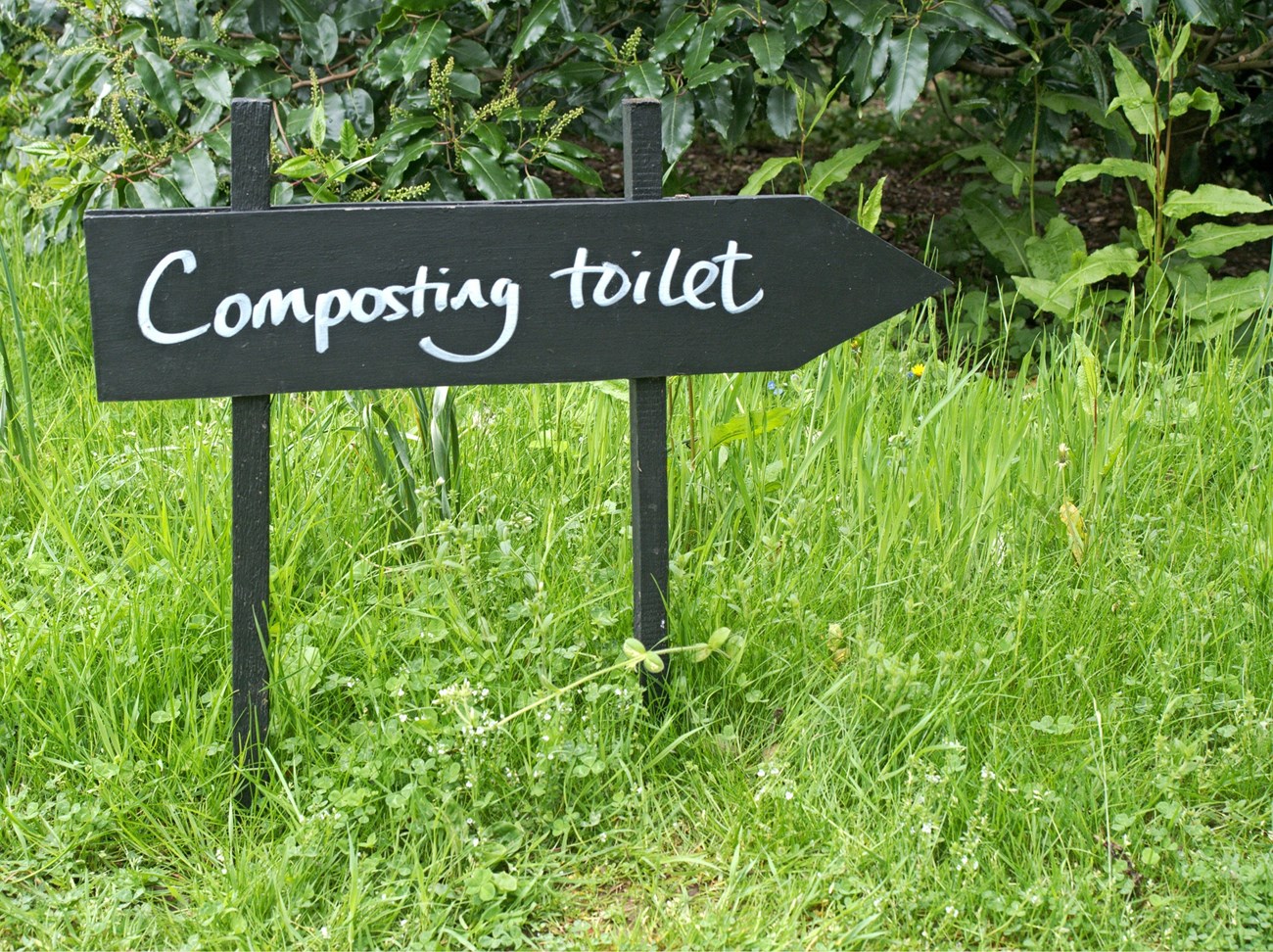Last updated: August 11, 2021
Article
Consider Composting Toilets

Managing human waste in remote areas is a challenge. Poorly managed human waste can result in health hazards, environmental pollution, unsightliness and offensive odors. Fortunately, there are methods to manage human waste effectively in the backcountry and other areas where water is scarce.
Waterless Composting Toilets
National Park Service (NPS) Office of Public Health Reference Manual 83 (Backcountry Operations) points out that allowable methods depend on the NPS Unit and may differ within a park by area. One method that has proven reasonably successful is to compost human waste using waterless composting toilets.
First commercialized in Sweden over 40 years ago, a wide variety of composting toilet models are available today. All models decompose human waste, turning it into humus (compost) through an aerobic process. The U.S. Environmental Protection Agency (EPA) describes a composting toilet as "a well-ventilated container that provides the optimum environment for unsaturated, but moist, human excrement for biological and physical decomposition under sanitary, controlled aerobic conditions."
The basic components of a composting toilet include:
- a chamber where the waste collects and decomposes
- a ventilation and exhaust system to ensure air flow and remove odors
- a leachate (moisture removal) system
- an access point to remove the humus
Composting toilets require a carbon source, such as sawdust or wood chips, to:
- Add bulk
- Remove moisture
- Improve aeration
In addition to adding material, maintenance of composting toilets includes mixing the waste and removing the odorless finished product. Remove the finished compost bushel every 1 to 2 years, depending on the level of use, digester tank size and temperature. According to the Green Building Alliance, commercial composting toilets cost from $1,500 to $8,000.
Humus from NPS composting toilets is domestic septage and deposits in permitted landfill or wastewater treatment plant, unless it meets 40 CFR 503 requirements as a Class A or Class B sludge. Fecal material in a form easily transported is the primary function, for NPS purposes, of a composting unit.
What do visitors to public lands think of composting toilets?
The U.S. Forest Service has found that recreational user acceptance of composting toilets is extremely high, since well-functioning units have no offensive odor and are considered an environmentally sound waste disposal method.
From the crest of Mount Le Conte in the Great Smoky Mountains to the isolated beach of Kaloko-Honokohau National Historical Park, park visitors can find composting toilets built following the latest designs and technology in national parks across the country. For NPS, perhaps the most successful example of composting toilets is at Northern Cascades National Park where composting toilets have successfully operated in 16 locations in alpine and sub-alpine elevations for almost 30 years!
Concessioners looking to upgrade toilet systems in campgrounds and other remote sites should consider composting toilets as an option.
